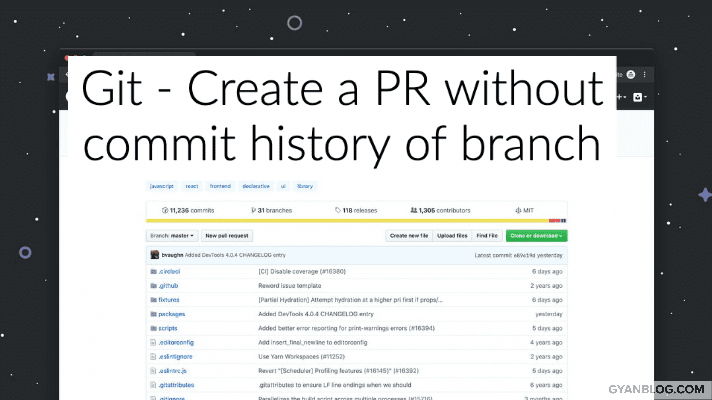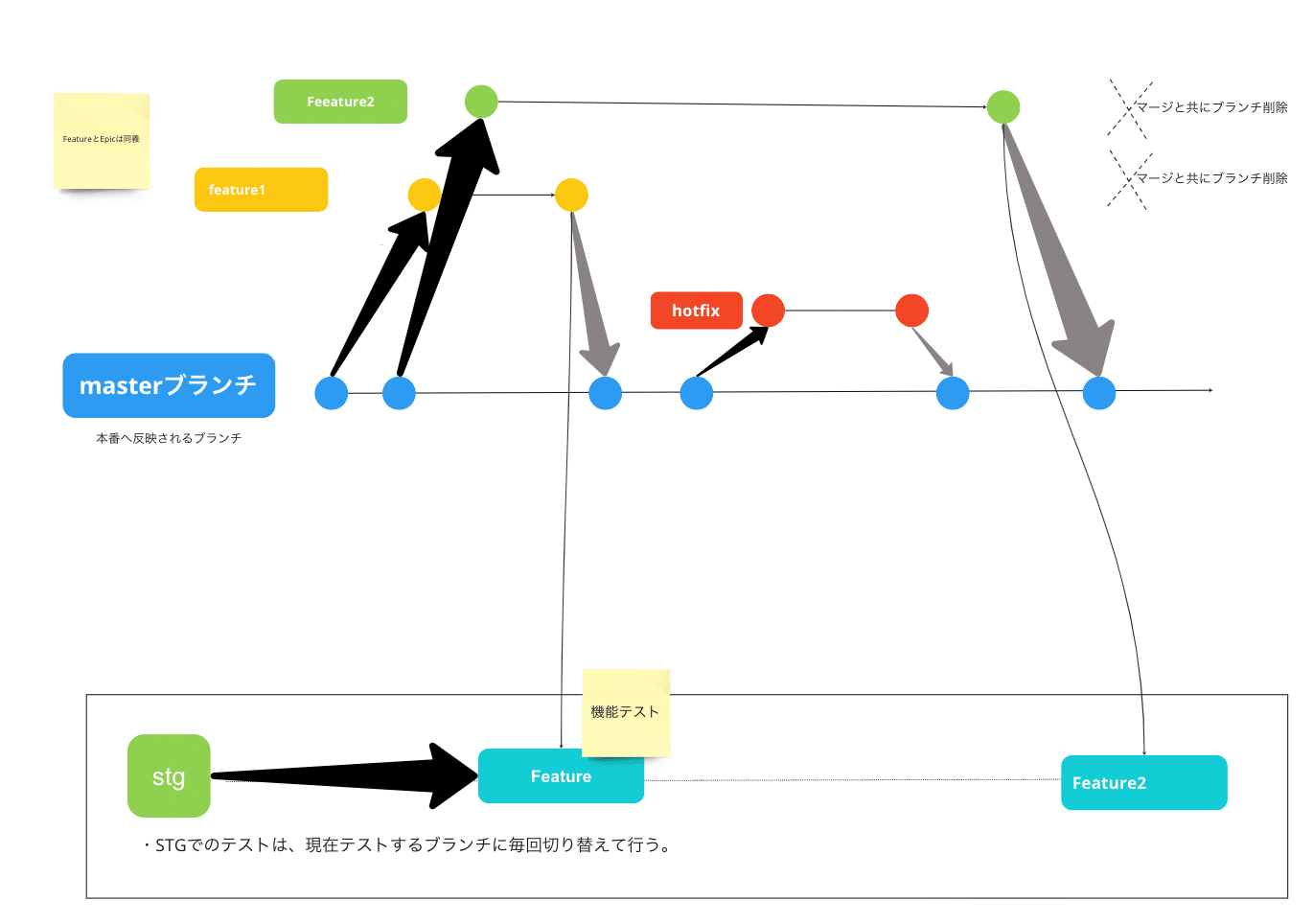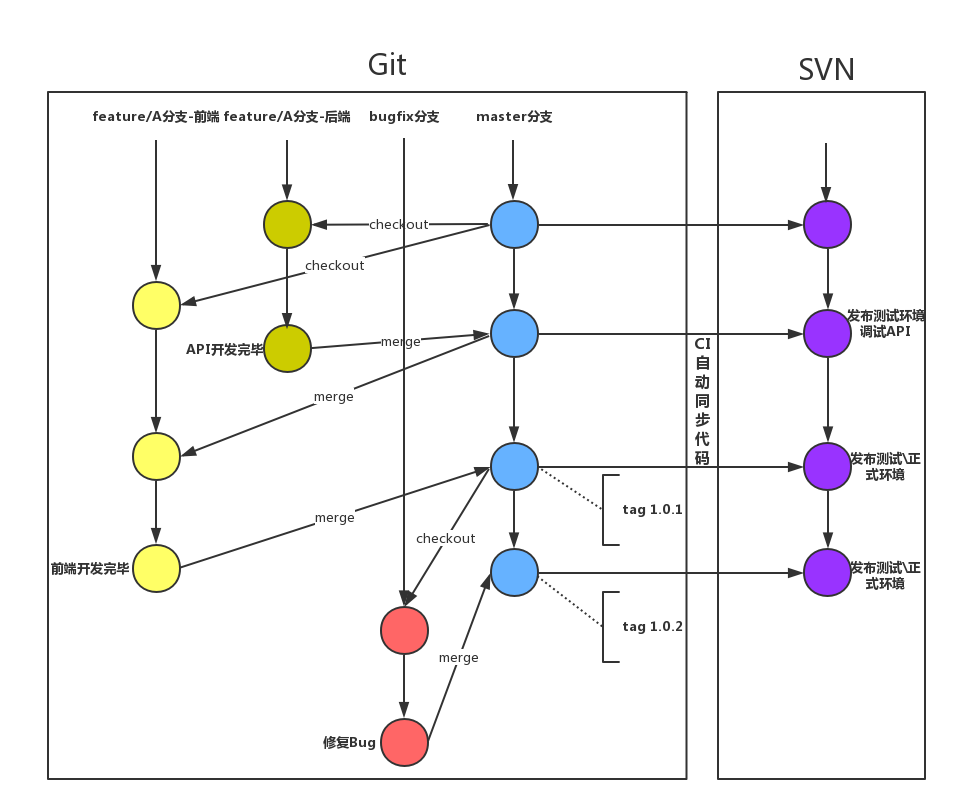

If you are building a CI/CD pipeline for application or infrastructure code, always integrate automated testing on every PR so that you dont have to manually test it and avoid wrong configurations getting merged to deployment branches.Īlso, learn how to checkout a specific git commit and how to checkout a git tag. You can checkout a git pull request in three easy steps as shown in this article. Once you are done with the testing, you can review the pull requests again if changes are required and merge them to the desired branch. Many candidates are rejected or down-leveled in technical interviews due to poor performance in. In Github you see: githubuser wants to merge N commit into master from 'source-branch'. They are useful tools for code review and change management. Both are means of pulling changes from another branch or fork into your branch and merging the changes with your existing code. This answer contains three ways of doing this. GitLabs 'merge request' feature is equivalent to GitHubs 'pull request' feature.
#Git pr update
With this local test branch, you can run all your tests and even try making changes. Since you cant change the source branch in github (you can only change the target branch), you need to update the source-branch 'inplace'. Now checkout the test-branch where you have all the changes from the pull request. which will produce a request to the upstream, summarizing the changes between the v1. At the moment it stays green but in reality there is code that hasn't been reviewed in the branch. Then, you run this command: git request-pull v1.0 master. A pull request is a feature of Git that helps you notify other users of changes youve made to their repository through branches, allowing you to ask the.

git fetch origin pull/15/head:test-branch Step 3: Checkout the Pull Request Local Branch Using the new pull request approval process in Github, if I approve a PR but then a dev pushes a new commit to that branch I'd want the PR to go back to the state it is in to start with (i.e. Replace 15 with your PR number and test-branch with the desired branch name. Now that you have the PR number, you can fetch all the changes locally from the origin to a local git branch using the following command.

gh pr list Step 2: Fetch origin With Pull Request number If you are using Github CLI, you can get the PR number by executing the following command from the repo directory.


 0 kommentar(er)
0 kommentar(er)
